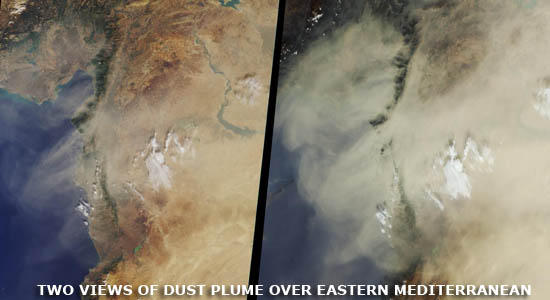
Apr.16 & 17
What do patterns of light from the sky reveal about particles in the air? Atmospheric particles -- aerosols, cloud droplets, ice crystals -- come in many sizes and shapes, and their interaction with sunlight affects Earth’s climate and gives rise to many spectacular atmospheric optical displays. From blue skies, red sunsets and green flashes to rainbows, glories, arcs and halos, these effects are not only beautiful to behold but give us clues to the nature of the airborne particles that cause them. This talk will look at some fundamental principles of atmospheric optics -- the scattering of sunlight by particles floating in the air -- to explain how several of these wonderful visual displays are formed. Satellite instruments such as JPL’s Multi-angle Imaging Spectroradiometer, which has been orbiting Earth since 1999, are able to use these principles to distinguish different particle types, such as smoke and dust.
Speaker: |
Dr. David J. Diner |
Location: |
Thursday, Apr. 16, 2009, 7p.m. |
Webcast: |
› Archived webcast with captions |